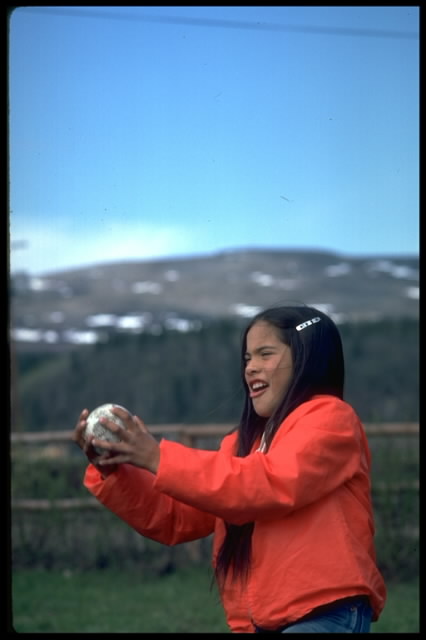7.9.3 Understanding climate change and Indigenous youth

While the impacts of climate change are often considered in the context of Inuit people and the north, it is important to realize that many Indigenous children and youth in Canada are impacted by climate change – in both negative and positive ways. Recent Indigenous scholars and advocates have demonstrated that it is critical to take a broader approach to understanding climate change and Indigenous people relating to:
• The social determinants of health;
• Links between ecosystems, equity and health; and
• A recognition of the intersectionality of the determinants of health.1
Many factors come together to create unique vulnerabilities for Indigenous people and communities, such as poor health status and socio-economic conditions, as well as inadequate infrastructure. For example, vulnerability to climate change among First Nations youth living on reserve in rural communities is compounded by existing infrastructural deficits (e.g. roads, housing, water and wastewater infrastructure). Isolation can make evacuation and access to emergency and health services difficult, traumatic and costly during disasters.2
This is further impacted by access to education for parents and youth on reserve, social supports and economic security. Understanding the impacts of climate change on Indigenous children and youth requires that we take a “bottom-up approach where the starting point is the child embedded within a specific social and ecological context, who will experience climate change as one factor among many complex determinants of their health”.1
1Parkes, M.W., de Leeuw, S., & Greenwood, M. (2010). Warming up to the embodied context of First Nations child health: a critical intervention into and analysis of health and climate change research. International Public Health Journal, 2(4):477-85.
2Health Canada. (2008). Human Health in a Changing Climate: A Canadian Assessment of Vulnerabilities and Adaptive Capacity. – accessed November 14, 2018.
